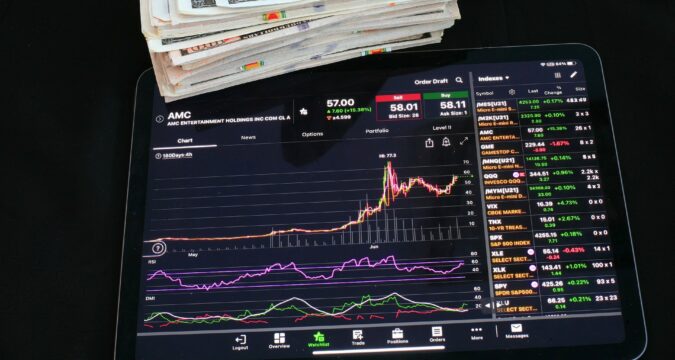
Investors are struggling to understand how the easy money policies of the Federal Reserve could have an impact on asset prices, after the central bank indicated that it would taper off its bond purchasing program as soon as November and suggested that it may increase rates at a pace faster-than-expected. The Federal Reserve seems to have taken a hawkish approach as it cleared the way to begin cutting back on its bond buying program in Wednesday’s meeting and nine of the 18 policymakers of the US central bank projected that borrowing costs will have to increase in 2022.
Jerome Powell, the Fed chairman, said that the US central bank could end its tapering process in the middle of 2022, as long as the economic recovery stays on track. The focus on rate hikes comes as investors are trying to gauge how markets will respond to a reeling in of the bond-buying program of the central bank worth $120 billion per month. This program has assisted the S&P 500 in doubling from the lows it reached in March 2020. While many had expected the central bank to begin tapering off before the year was up, some investors stated that the possibility of rate increases could spur some concerns.
After all, the Fed would be risking tightening its monetary policy when the economy could actually be weaker than it is today, thereby undercutting the case for risky assets as well as stocks. After the Fed’s statements, stocks apparently held onto the gains, as the S&P 500 closed almost 1% up. The statement also caused the gap between 5-year notes and 30 year bonds to fall below 100 basis points in the Treasury market, which is its lowest since July 2020. A narrower gap could be an indication of easing inflation concerns, economic uncertainty as well anticipation of a tighter monetary policy.
Fed’s communication had been interpreted as hawkish by the rates market, as it indicates higher rates at the end of the year. After the statement, a rate hike was fully priced in by the Fed funds market by January 2023. According to analysts, the central bank will probably begin reducing their bond purchases by almost $15 billion a month beginning in November, which will strengthen the dollar and also push up yields. The trajectory of the US currency is of the utmost importance for investors because it has an impact on everything, from corporate earnings to commodity prices.
Dollar-denominated assets also become more attractive to investors seeking an income because of higher yields. Late Wednesday, the greenback was up by almost 0.23% against a basket of other currencies. Market analysts said that the hawkish signals indicate the dollar will go higher, particularly in light of the expected rate hike. Others remained sanguine on the outlook of the Fed because they believe that a hawkish view indicates the strength of the economy in the face of a resurgence of the coronavirus. Markets are expected to remain focused on the interference of these rate hikes in 2022 and 2023.


